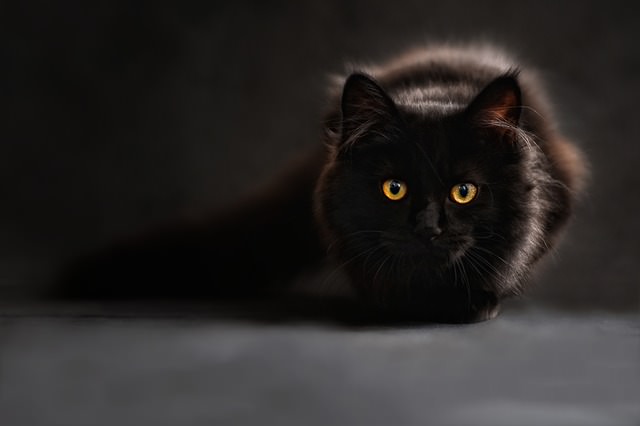It’s pretty well-known how dogs became domesticated. Until recently, however, the history of how the cat came to take over the world was a little more uncertain. Now, new DNA analysis has provided insight into when and where cats were first domesticated and how they made their way around the world.
The domestic cat is descended from the wildcat, Felis silvestris. The wildcat is divided into 5 subspecies spread throughout Europe, Africa, and Western Asia, which all have nearly identical skeletons. However, genetic analysis proves that only one subspecies, Felis silvestris lybic, contributed to the bloodlines of the modern domesticated cat.
Researchers genetically analyzed the remains of 352 ancient and modern cats from Europe, North and East Africa, and Southwest Asia, spanning approximately 9,000 years. Specimens ranged from the Mesolithic period to the 20th century.
It appears that cats were domesticated in both the Near East and Egypt, with Egypt becoming a hub of distribution during the Classical period. Cats were dispersed along land and sea routes of trade and connectivity. The bones of an Egyptian cat were even found in a Viking settlement on the Baltic coast.
The blotched “tabby” coat pattern didn’t become widespread until the Middle Ages, indicating that humans bred cats strictly for behavior and not looks. In fact, cats were probably left alone to breed for themselves until then, usually seen as a form of pest control rather than as a pet.
Now that cats have become beloved pets instead of furry exterminators, they live in nearly every corner of the world apart from Antarctica.
(H/T: Nature, IFL Science)



